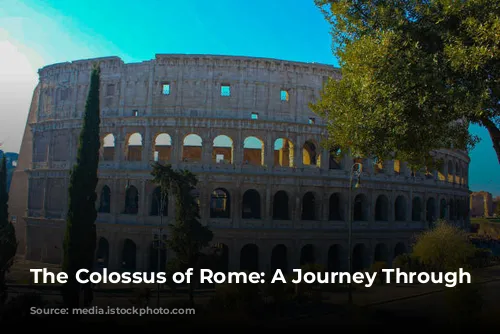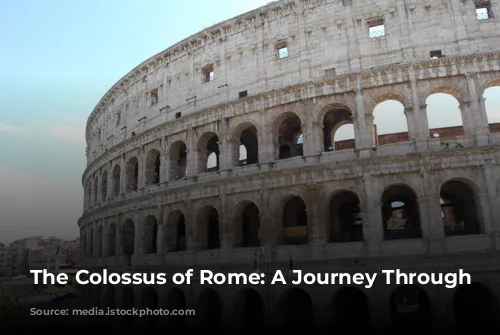The Colosseum, a name whispered with awe around the world, stands as a testament to the grandeur of the Roman Empire. It’s not just the largest amphitheater in the Roman world, but also the most iconic landmark of the Eternal City.
Emperor Vespasian, founder of the Flavian dynasty, laid the first stones of this colossal structure. His son, Titus, inaugurated it in 80 AD with a spectacular opening ceremony. This lavish spectacle lasted for a hundred days, featuring gladiatorial combat, animal hunts, and even naumachia, a thrilling reenactment of naval battles.
The Colosseum’s Name: A Legacy of Legends
While the name “Colosseum” is universally known, it wasn’t the original moniker. This title, often attributed to the monumental statue of Nero, the “Colossus”, was first mentioned by the Venerable Bede, a medieval monk, in his prophecy: “Rome will exist as long as the Colosseum does; when the Colosseum falls so will Rome; when Rome falls so will the world.”
A Symphony of Stone and Engineering
The Colosseum is a marvel of architectural ingenuity. Imagine a building so large, completely clad in travertine marble, that it required less than a decade to construct!
Roman mastery of the arch is evident in this architectural masterpiece. Arches are the backbone of the Colosseum, effectively distributing the immense weight of its structure. This technique, a cornerstone of Roman architecture, is also seen in their remarkable aqueducts.
Echoes of a Bygone Era
The Colosseum, once a bustling arena, now stands as a skeleton of its former glory. The outer brick walls, scarred by time, bear witness to the plundering that transformed this magnificent monument into a stone quarry during the Middle Ages.
The holes in the columns, remnants of the extraction of lead and iron for construction projects like the Barberini Palace and St. Peter’s Basilica, whisper tales of a bygone era.
A City Within a City
The Colosseum, a city within a city, could accommodate up to 70,000 spectators. Imagine the buzz of the crowd, their cheers and gasps echoing through the tiered seating.
The seating arrangement reflected Roman social hierarchy: the commoners occupied the top tiers, while the senators, priests, and the emperor held court in the front row.
Beneath the Sun and the Stars
Like modern stadiums, the Colosseum boasted an ingenious roof covering, the Velarium. This immense linen tarpaulin, manipulated by a team of sailors, provided shade from the unforgiving Roman sun.
The Arena: Where History Unfolded
Stepping into the arena is like stepping back in time. Although the brick and wood floor has vanished, the underground chambers remain, revealing the hidden machinery that powered the spectacle.
Lifts and hoists, remnants of the special effects of the time, once transported gladiators and animals into the arena, creating an element of surprise and awe for the audience.
The Games: A Blend of Entertainment and Politics
The shows held within the Colosseum were more than just entertainment; they were symbolic representations of Roman power. The blood and spectacle were a means to connect the people to their leader, to distract them from political turmoil and provide a shared experience.
The Venationes: A Feast for the Eyes and a Test of Survival
The Colosseum hosted a variety of shows, including the Venationes, thrilling battles between exotic animals and even men against beasts. Some of these displays served as a form of public execution, where individuals were left to face their fate against ferocious predators.
The Silvae, complete with reconstructed forests and animals, offered a more theatrical experience, showcasing the artistry and skill of the Roman set designers.
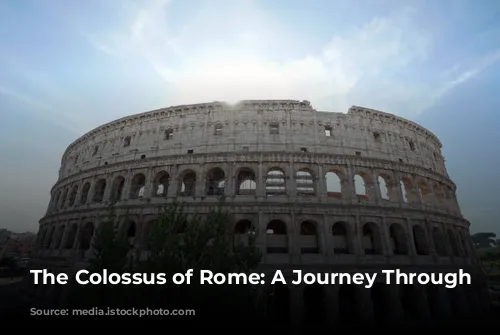
The Gladiators: Heroes of the Arena
The gladiators, the most iconic performers of the Colosseum, were a diverse group. Some were prisoners of war given the choice of slavery or combat, others were desperate individuals seeking fame and fortune.
These warriors, skilled in different fighting styles, were honored by the crowds, who cheered their names and showered them with adoration.
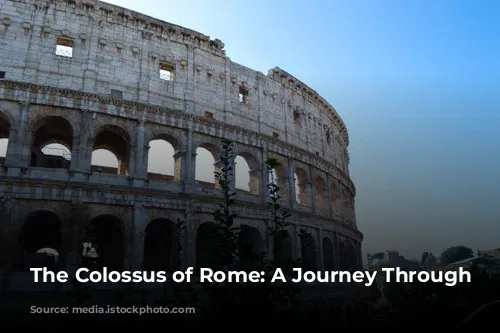
The Emperor’s Will: Life or Death
The gladiatorial contests were a test of skill and a gamble with fate. A wounded gladiator could plead for mercy, and the emperor, seated on his stage, would hold their fate in his hands. A thumbs up meant life, a thumbs down meant death.
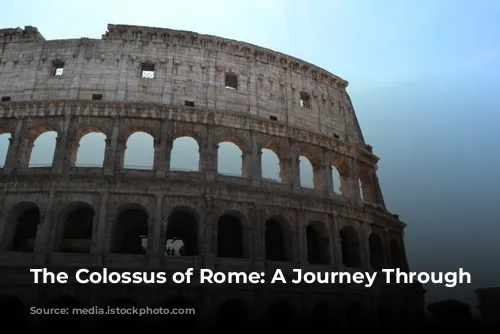
The Aftermath: Blood, Brutality, and the Shadows of the Past
The Romans, with their passion for spectacle, were captivated by the brutality of the Colosseum’s shows. The stench of blood and burnt flesh, a constant reminder of the barbarity, could not be masked by incense or perfume.
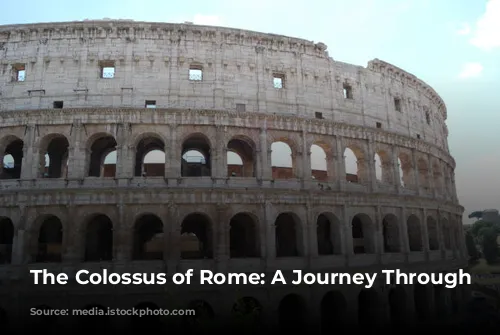
A Monument Transformed: From Arena to Sacred Ground
With the fall of the Roman Empire, the Colosseum fell into disuse, its walls echoing with the whispers of the past. It served as a home for confraternities, hospitals, and even a cemetery.
In the Middle Ages, the Colosseum was declared a sacred monument, a symbol of the passion of Christ.
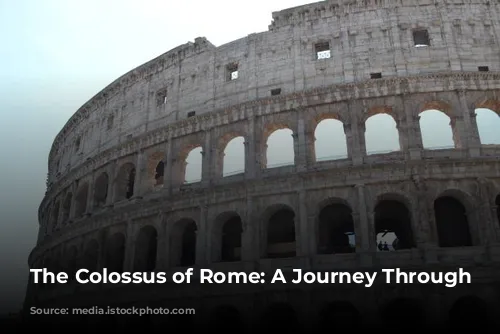
The Colosseum Today: A Ghost of Ancient Rome
Today, the Colosseum stands as a testament to Roman ingenuity and the enduring power of history. As Charles Dickens wrote, “seeing the Colosseum is like seeing the ghost of old Rome floating over the places its people walk in.” It is a reminder of the grandiose and brutal past that shaped the world we live in.
